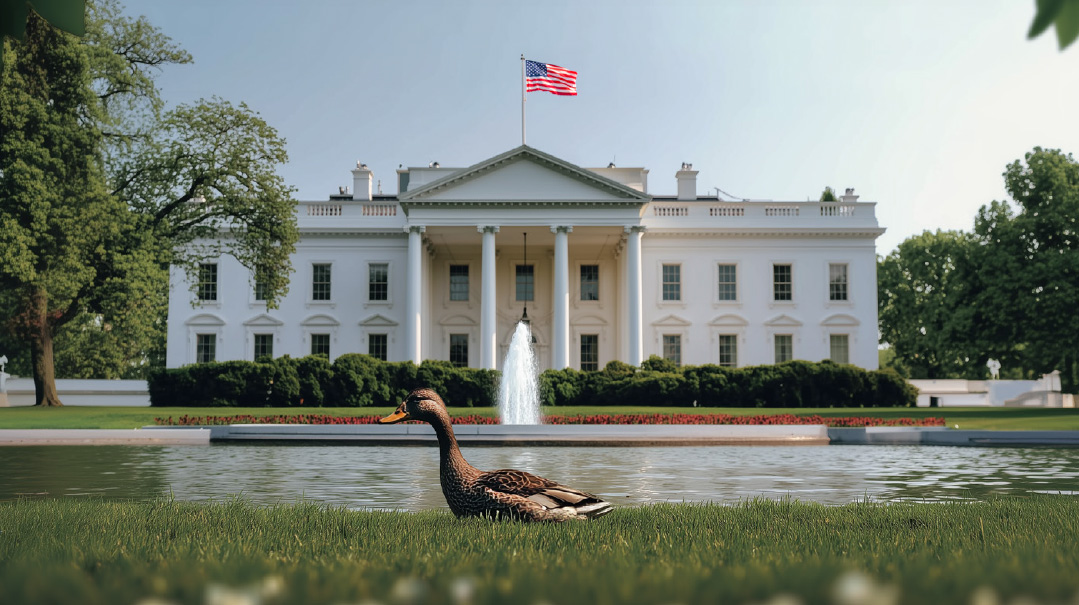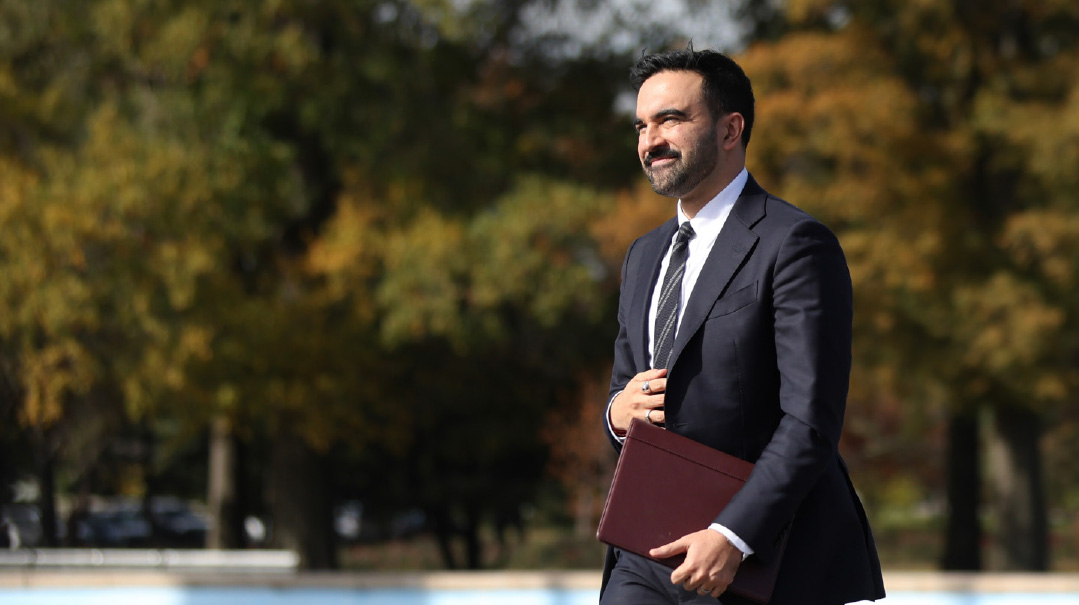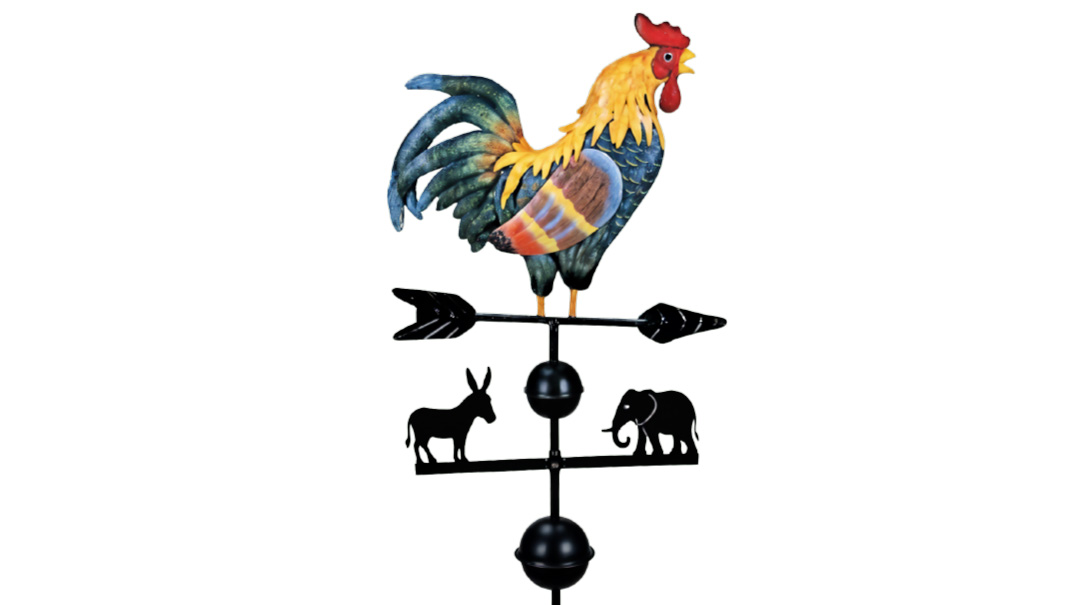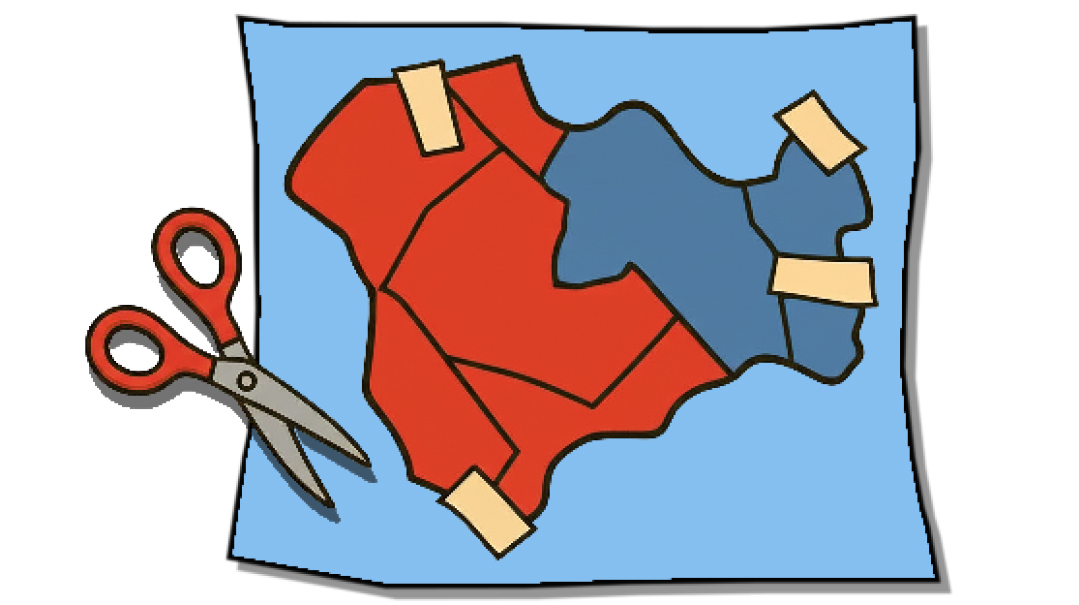Picking a Winner

Rule #7: Political predictions are an inexact science
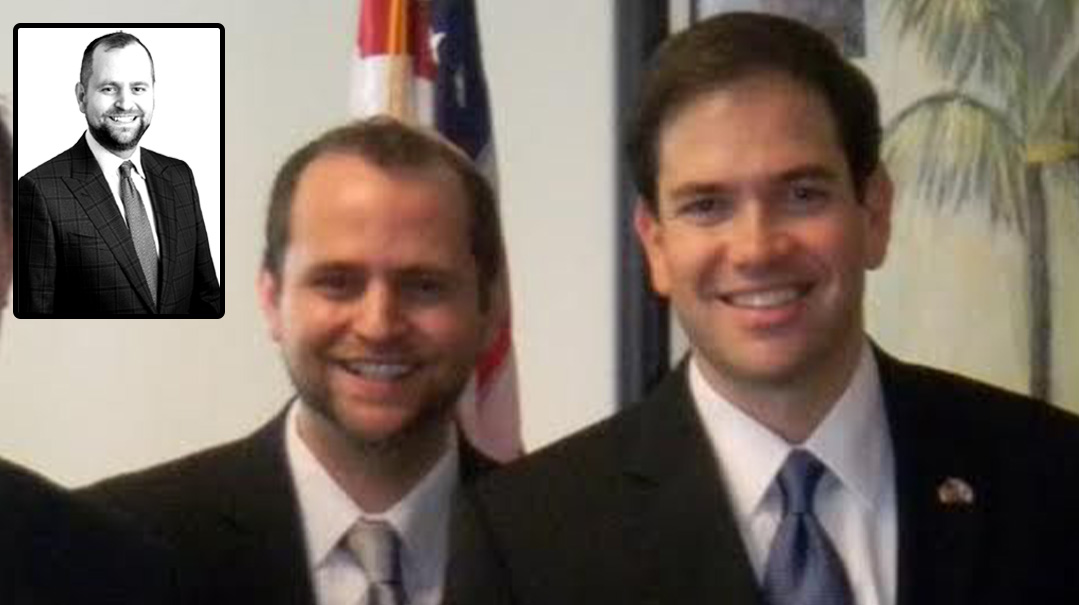
There is an art or science in politics of predicting winners and losers. Everyone’s favorite horserace to handicap is, of course, the presidency. But the same rules that govern presidential poll predictions also apply to races down the ticket. To get an idea of how it works, let’s examine the current prognostications for the White House.
This year on election night, I felt as if I was in two worlds. After voting early, I found myself in South Florida, where I found the populace in a state of euphoria. The combination of the name DeSantis and the word “president” crept into the conversation of nearly everyone I encountered.
But late that night, I started receiving alerts from the rest of the country. Democratic operatives texted confidently that the lack of a “red wave” meant Biden was a shoo-in for reelection. Trump loyalists, meanwhile, claimed the results showed that their man’s return was assured.
A lot of this, to be sure, was just spin. To make accurate political predictions, you have to follow a basic formula: Electoral Maps + Incumbency = Crystal Ball. Let’s look at this piece by piece.
Electoral Maps
After elections conclude, voting maps are made public, and every elected official can trace the red, blue, and purple trends in granular detail — down to your house. Yes, your house.
But as you move up the ladder of data aggregation toward the race for the White House, there’s not much to fight over, as illustrated in a nugget offered recently by CNN political correspondent Ron Brownstein. Speaking about the 2024 election, he noted: “The 20 states that Democrats have carried in each presidential election since at least 2008 will award 232 Electoral College votes in 2024. The 20 states Republicans have carried in at least the past four elections will award 155.”
Former “battleground states,” such as Florida, Ohio, Missouri, and Pennsylvania, seem to be lining up with one party or the other. There’s still room to fight, but it’s getting narrower. The actual presidential battles won’t be contested in frum enclaves like Lakewood, Brooklyn, Teaneck, Baltimore, or Los Angeles.
Incumbency
After plotting an electoral map, we have to look at the incumbency factor. In the last 100 years, only five presidents — Trump, Hoover, Carter, Ford, and George H.W. Bush — have lost bids for reelection. It is rare and difficult for incumbents to lose.
Incumbency is a built-in advantage in any election. An incumbent controls the bully pulpit, can pass legislation, and dominates the headlines. The greatest hurdle for an incumbent to clear for reelection usually comes down to external factors beyond his control. Hoover was facing a great depression, Ford was seen as a remnant of the Nixon scandal, George H.W. Bush was associated with an economic recession.
Joe Biden is now the incumbent. What outside factors will impact his reelection?
In terms of the party primaries, the map gets more interesting. We’ve seen the primaries stretch out to Super Tuesday. We’ve seen major frum enclaves make a difference in these primaries. But we still have to consider the incumbency factor. Trump has run for office before, he’s won races, and he carries the title of “president.” Trump can’t make policy, but he can make news and behave with the air of an incumbent.
Crystal Ball
Now it comes down to math. The general presidential election features an incumbent seeking reelection on a winnowing map; the GOP primary map shows a more wide-open field with one candidate carrying an incumbency factor. Get your crystal ball out and try to predict the results based on the formula.
But this isn’t a hard science, and it’s far from a sure thing. Six years ago, the Javits Center in Manhattan was at full capacity with every celebrity and political operative who could grab a ticket. Into the early morning, that same stage was being dismantled and the confetti cannons were being packed up. The conventional maps were leaning to Clinton, and her résumé put her squarely in the incumbency camp, but the party was over.
Predicting presidential elections is fun and can be done in an informed manner, but it’s dependent on factors that are often impossible to predict. John Adams was the first president to lose reelection despite the power of incumbency. The outside factor of the French Revolution divided America and negated the power of incumbency, which cost him the election.
Electoral maps can also shift. Trump defeated Clinton in 2016 by understanding the messaging on jobs and immigration in rural communities, which Clinton assumed were in her camp based on past voting patterns.
Where does that leave the advocate?
Certainly, predicting who will be president is important. A president can potentially occupy the top line of the ballot for eight years, which has an impact on every single other race down the ticket. But focusing on presidential predictions alone is a mistake. Congressional, state, and local races can all be predicted.
For example, Hakeem Jeffries is the presumptive House minority leader in the next Congress. This is one of the most powerful positions in the federal government. Jeffries had been a front-runner for this position for years. Smart advocates understood that he would win reelection in his local race, and that his incumbency and status in the Democratic caucus made him a likely candidate for House leadership. A dozen of our community advocates have a real relationship with him.
Governor Kathy Hochul was once Lieutenant Governor Hochul. California governor Gavin Newsom was once San Francisco mayor Newsom. Vice President Mike Pence was once Congressman Pence. All of these “promotions” could have been foreseen by a savvy political predictor.
Which governor could be the next vice president? Which mayor could receive a cabinet position? Which congressman could be a US senator? Which current elected official could be president in ten to twenty years?
These kinds of predictions are the most relevant. You can play a role in bringing them to fruition, by turning out votes for favored candidates, pushing them to work on issues the community cares about, and helping them advance their careers in powerful directions.
Political Play
The Place: South Florida
When: Winter 2010
What Happened
In 2010, a little-known candidate for the US Senate called me. We became acquainted when I was a lobbyist for Miami-Dade County and he was a state legislator in Tallahassee. Now he was running a seemingly impossible campaign. He asked for my help in getting members of the Jewish community to meet with him.
I called leaders throughout the community, but there was little to no interest. I was told he didn’t stand a chance. Finally, I managed to get a rabbi and a communal leader to show up for a tour of a local yeshivah with this official.
I wasn’t there for the meeting, but I got calls from attendees afterwards. Several remarked what a great guy he was, but I will never forget this line in particular: “This fellow Marco Rubio seems like a nice guy, and we should at least give him a second meeting.”
You all know the rest of the story; Rubio is now sitting in the Senate and is still often mentioned as a presidential candidate.
Lesson
When considering a candidate’s prospects, we may need to look beyond such indicators as polling or front-runner status. A candidate fluent in our issues who is willing to put in the hard work to get our votes demonstrates that he could be successful with other constituencies as well, which may well propel to victory.
(Originally featured in Mishpacha, Issue 938)
Oops! We could not locate your form.

